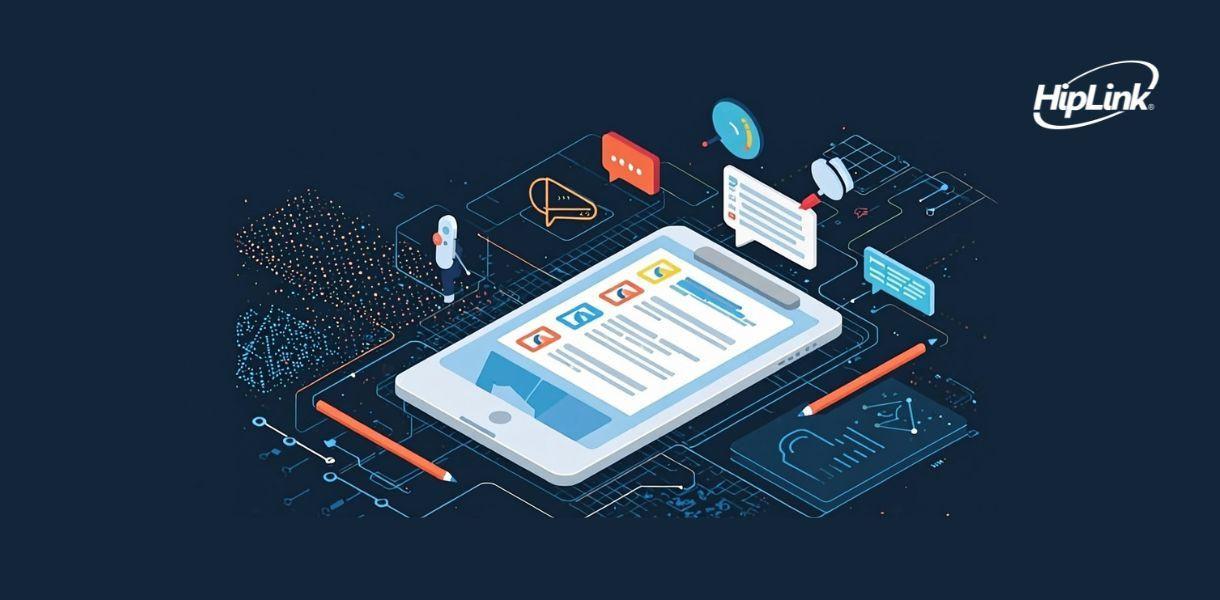HipLink Insights
Public safety alerts improve disaster response in an increasingly digital world. Organizations use it to disseminate critical information about threats. These could range from tornado warnings to AMBER alerts for child abductions. However, alert systems only work effectively when the senders maintain trust. Our security protocols keep these systems safe, so bad actors don't misuse them.
In emergency situations, every second counts. As the first line of defense, first responders rely on timely and accurate information to make critical decisions. Often, these decisions can mean the difference between life and death for those in peril—which is why it’s so important to empower them with the tools they need to communicate clearly and efficiently. This is where integrated alert systems come in. Solutions like HipLink provide a range of tools and capabilities to support first responders in their mission to protect and serve the public.
Ransomware is malicious software that cybercriminals use to extort money from organizations. It encrypts the victim's files with a robust algorithm, making them inaccessible until a hacker grants access, presumably after paying the ransom. The criminals will generally demand payment via digital currencies such as Bitcoin or Ethereum. They often threaten to disclose confidential information or permanently delete critical files.
In our interconnected digital age, businesses increasingly depend on technology to communicate effectively with customers, employees, and partners. But what happens when an unexpected crisis strikes? These critical moments put a company’s communication infrastructure to the ultimate test. The ability to swiftly and effectively communicate during an emergency becomes a lifeline, not just an operational need.
Emergency personnel have many roles and responsibilities, often working in different locations. This makes it important for them to access various alerting media and devices that can reach them wherever they are and however, they prefer to communicate.
For example, some emergency personnel may need to be alerted through their personal cell phones, while others may need to be alerted through their work phones or dedicated alerting devices.
The urgent need for a comprehensive, reliable emergency communication system has never been more apparent. According to FEMA, the United States witnessed an alarming increase in federally declared emergencies and disasters, doubling from 59 in 2019 to 124 in 2020.
This trend underscores the necessity for advanced, rapid-response systems to ensure public safety. Enter the strategic collaboration between HipLink and FEMA's Integrated Public Alert and Warning System (IPAWS), positioning HipLink as an IPAWS-compliant Common Alerting Protocol (CAP) Alert Origination Tool.
As the digital revolution continues to alter every aspect of our lives, the healthcare industry isn't an exception. The need for remote, convenient, and accessible care has been accelerated by recent events, introducing a new paradigm of digital healthcare. A key player in this transformation is HipLink Software, providing intelligent communication and incident notification solutions that promise to meet the evolving demands of this sector.
“Service-friendly architecture” sounds like a great benefit for any type of IT system, but what exactly does it mean? What makes one alerting system’s build service-friendly compared to others available on the market? And why should agencies choose this type of system when selecting a new solution?
Fear not! HipLink is here to demystify the concept and outline the core characteristics of service-friendly alerting software.
In June 2023, Google announced it partnered with Mayo Clinic as it tries to expand use of generative AI in healthcare. Artificial Intelligence (AI), with its ability to mimic human intelligence, is positioning itself to become a cornerstone for effective communication in the healthcare industry. One of its greatest impacts lies in the realm of personalized patient communication. AI-driven platforms can process extensive patient data to tailor messages, fostering better understanding and patient engagement.



